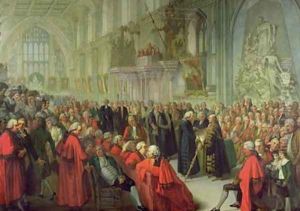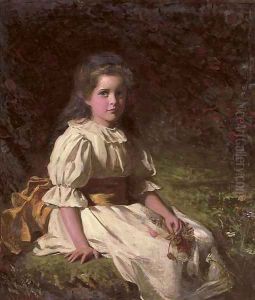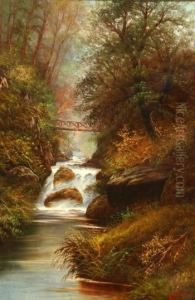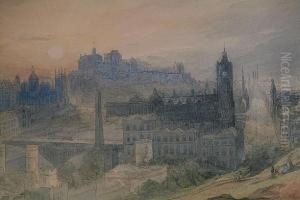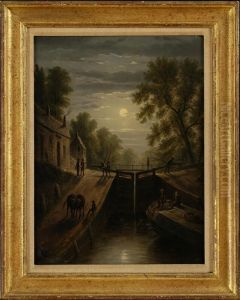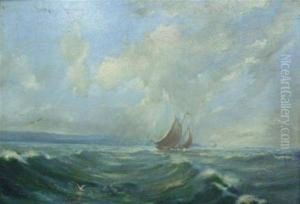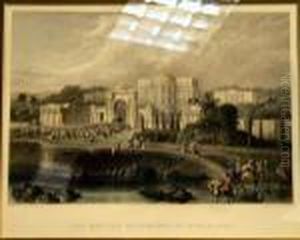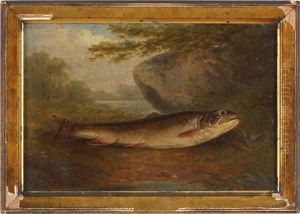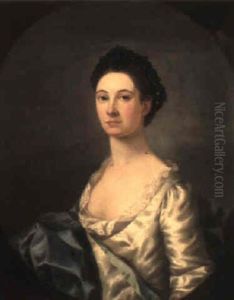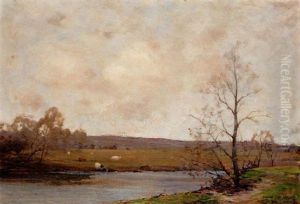William Miller Paintings
William Miller was a British engraver and printmaker, best known for his works that were based on watercolor paintings by other artists. Born in 1796 in Edinburgh, Scotland, Miller became one of the leading figures in the field of engraving during the 19th century. His work was characterized by its high level of detail and its faithful reproduction of the original paintings.
Miller's career began with an apprenticeship under the engraver William Archibald at the age of fourteen. After completing his apprenticeship, he worked for the landscape painter and engraver George Cooke. It was during this period that he developed his skills and became proficient in the art of engraving. He worked on a variety of subjects but was particularly drawn to landscapes and seascapes.
In the 1820s, Miller started to gain recognition for his engravings, which often replicated the works of prominent artists such as J.M.W. Turner. His engravings after Turner's paintings are among his most celebrated works and were widely appreciated for their technical excellence and beauty. These engravings contributed to the popularization of Turner's work and played a significant role in establishing Miller's reputation as an engraver.
Throughout his career, Miller worked for various publishers and contributed to numerous projects, including illustrated books and periodicals. He was a versatile artist, capable of translating the subtleties of watercolor into the medium of engraving with great sensitivity. Despite the rise of lithography and other printing techniques, Miller remained committed to the traditional method of steel engraving and maintained a high standard of craftsmanship.
Miller's works were exhibited at the Royal Academy and other institutions, and he received considerable acclaim during his lifetime. His engravings are now held in the collections of various museums and galleries, serving as a testament to his skill and the enduring appeal of his work.
William Miller passed away in 1882, leaving behind a legacy as one of the finest engravers of the 19th century. His dedication to his craft and his ability to capture the essence of the original artworks in his engravings continue to be admired by art historians, collectors, and enthusiasts alike.
